
The Company
Topics
Contacts

winding rewinding
In the paper, tissue and nonwoven industries winders and rewinders are fundamental components in the last phase of the complex production process: the so-called end-of-line. Winding, unwinding, slitting and then rewinding a reel are in fact operations that require correct execution to obtain a final product which, once wound, maintains the characteristics and quality resulting from the production process.
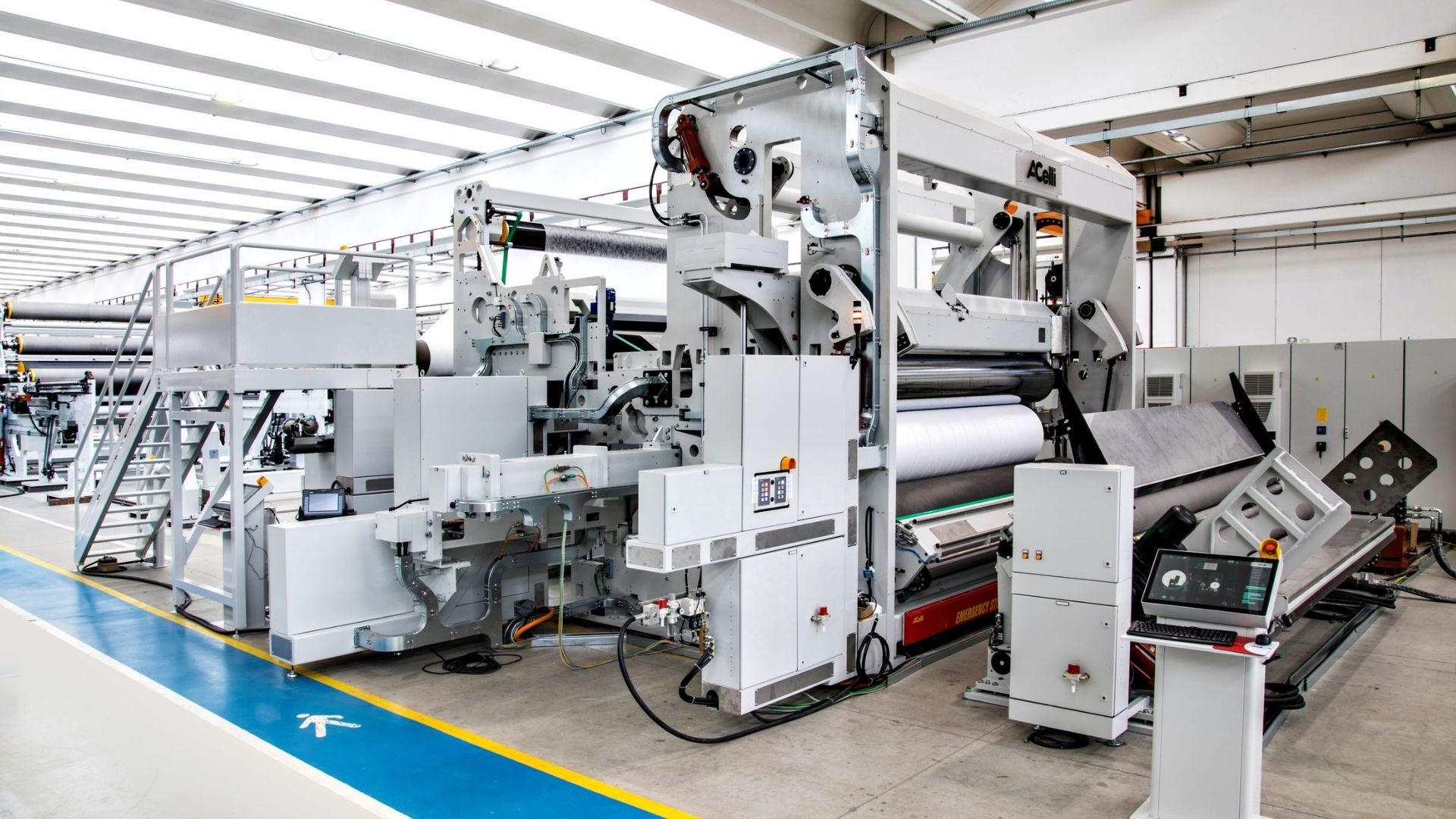
The process of winding, unwinding, possible slitting and rewinding may appear relatively simple but, in reality, this is not the case if you want to obtain a finished reel of the highest quality, especially at high production speeds. Let's first see the difference between the different types of machinery:
A.Celli, thanks to the E-WIND® product line, offers a wide range of solutions for the winding, unwinding, cutting and rewinding of nonwoven, paper and tissue.
Each of these materials has specific properties and characteristics that determine the correct winding and unwinding process. So, let's see the workflow required for the different types of products.
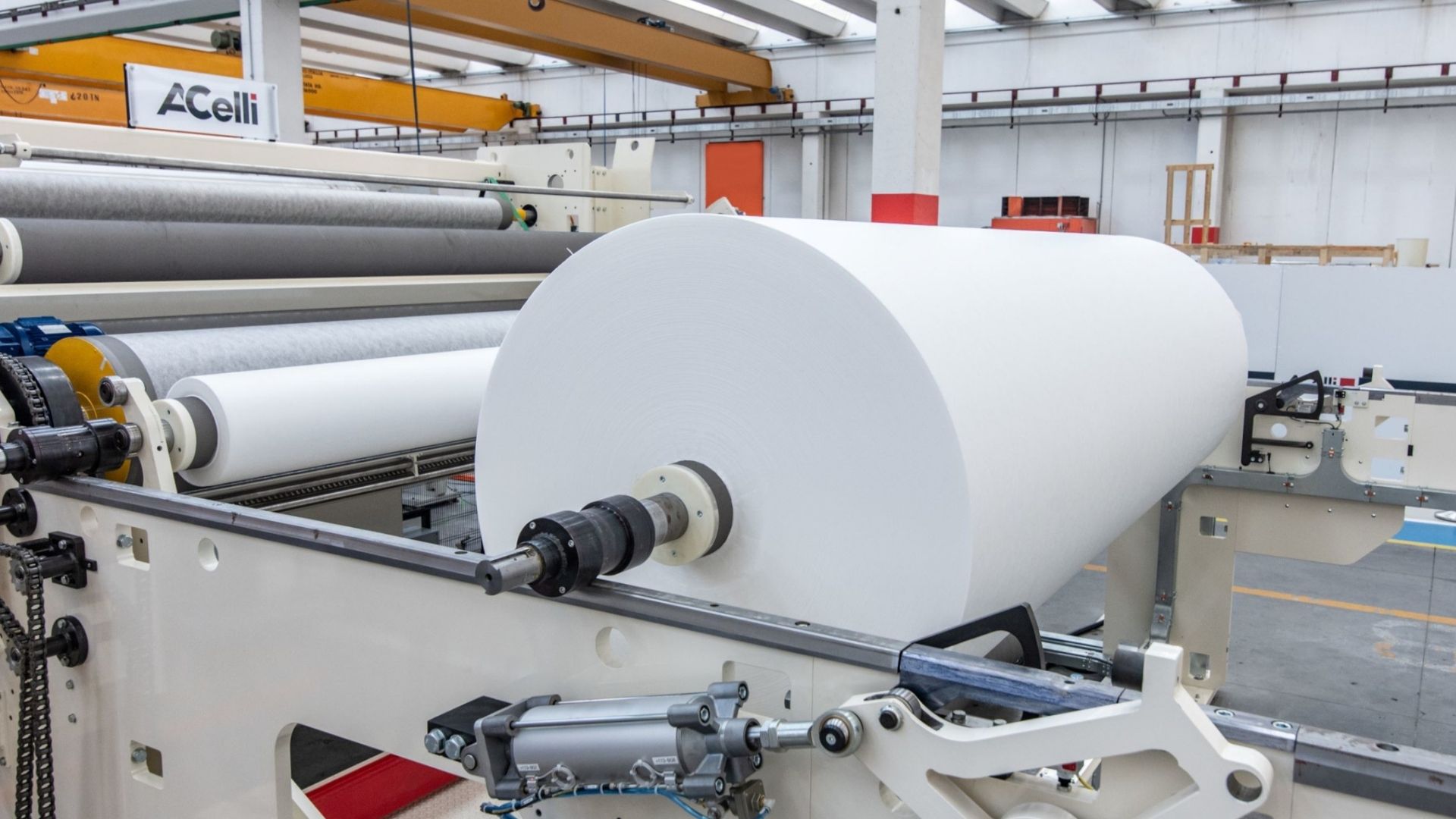
As for the characteristics of the nonwoven fabric, one of its peculiarities is certainly the elasticity, which leads to a progressive shrinkage of the starting width of the sheet (neck-in) from the winding phase to the final product. In addition to this, it is necessary to distinguish the specific characteristics of the two main nonwoven types: spunbond and spunlace.
The spunbond material, characterized by the random positioning of the fibers that compose it, is more resistant to traction, allowing the use of higher tension values during the winding process. For this, spunbond is subject to a more marked shrinkage than Spunlace: for example, an initial sheet with width of 3600 mm leads to finished reels with a width of 3200 mm.
Spunlace, on the other hand, is characterized by an orientation of the fibers that compose it in the Machine Direction (MD), due to the use of cards in the forming process. This makes it resistant to traction in this direction, but much less in Cross Direction (CD), and also less prone to shrinkage.
Let's now analyze the process that leads to obtaining the finished nonwoven reels of the required size and width:
As in all the previous phases of the process, the three parameters Tension, Nip and Torque will be kept under control also during the rewinding.
Once the value of linear meters or diameter required in the finished reel has been reached, the product is cut transversely and the reels are transferred to the unloading table, to then continue with the subsequent phases of the process. Complementary systems are available for the semi-automatic or automatic handling of the winding shaft and the positioning of the knives.
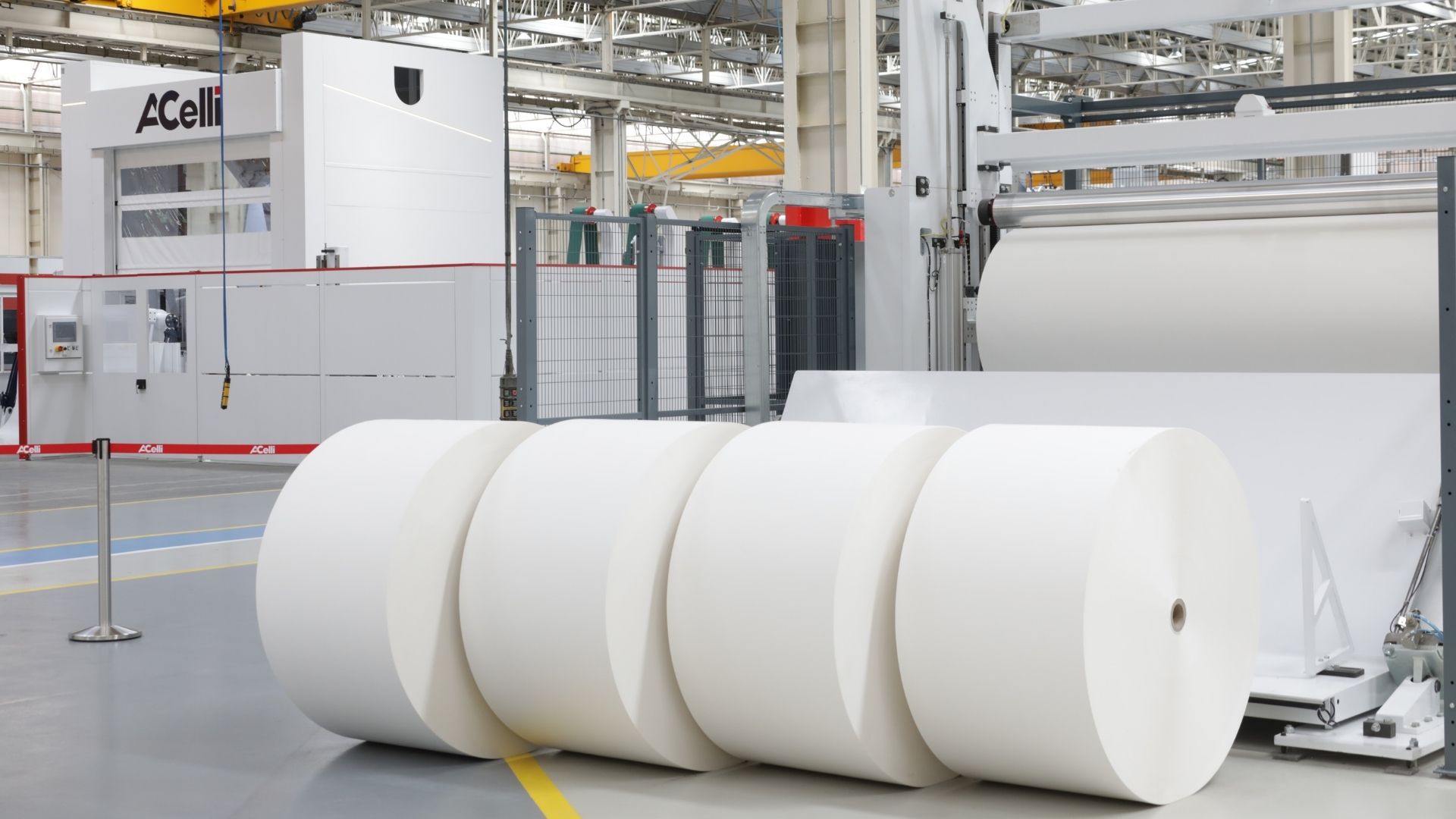
These two materials have very different characteristics from nonwoven fabric, which translate into different needs during the winding and rewinding process.
Tissue paper, for example, must preserve the creping obtained in the production process to maintain the softness and bulkiness, and this leads to precisely controlling the elongation in order to maintain as much as possible the creping obtained during the formation of the sheet.
Also for this reason, Tissue paper requires the use of a Nip value lower than normal paper, to avoid excessive compression of the reel. Now let's see the winding and rewinding process of these types of products:
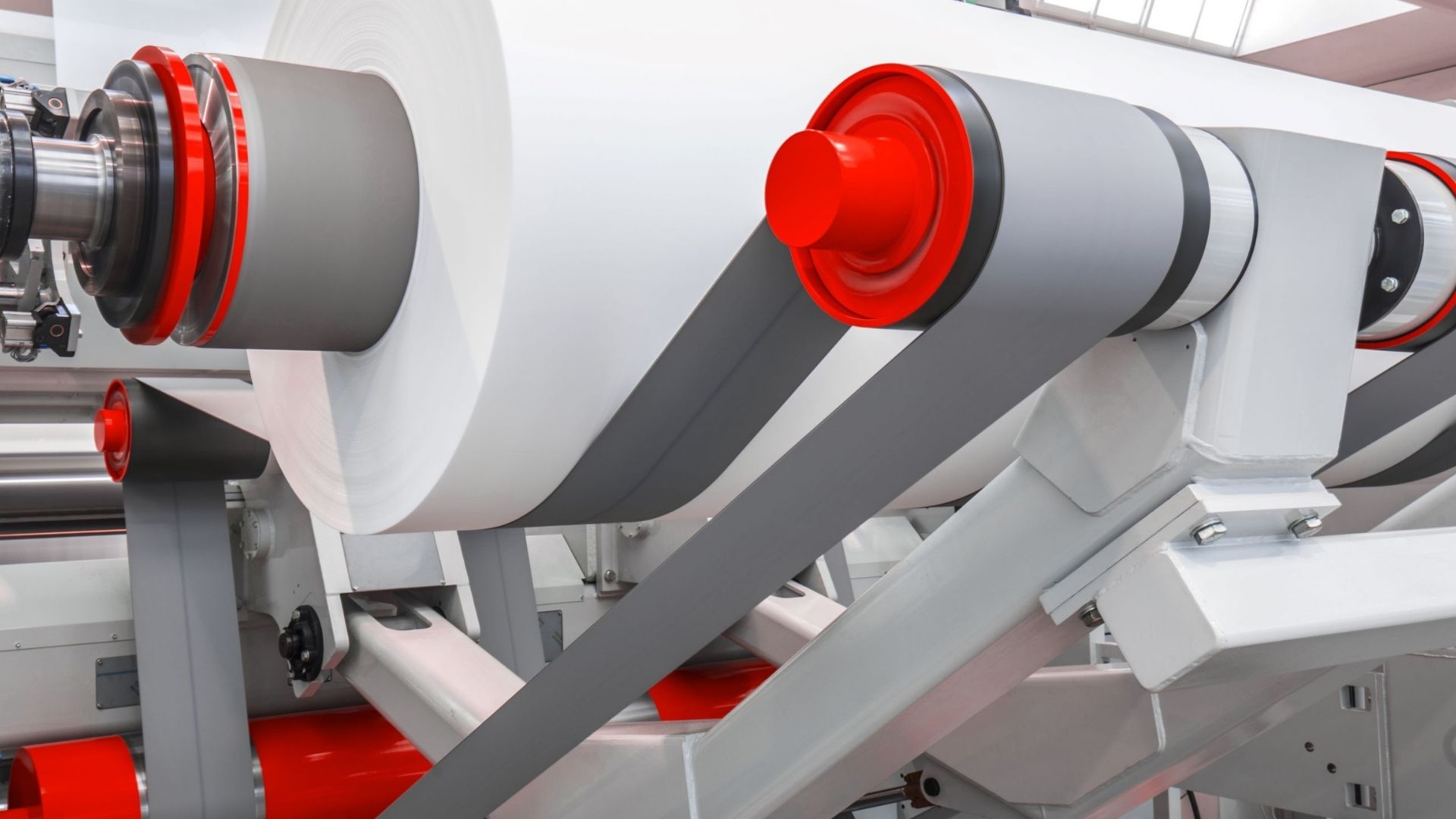
As mentioned above, three fundamental parameters are kept under control during winding and rewinding, namely Tension, Nip and Torque:
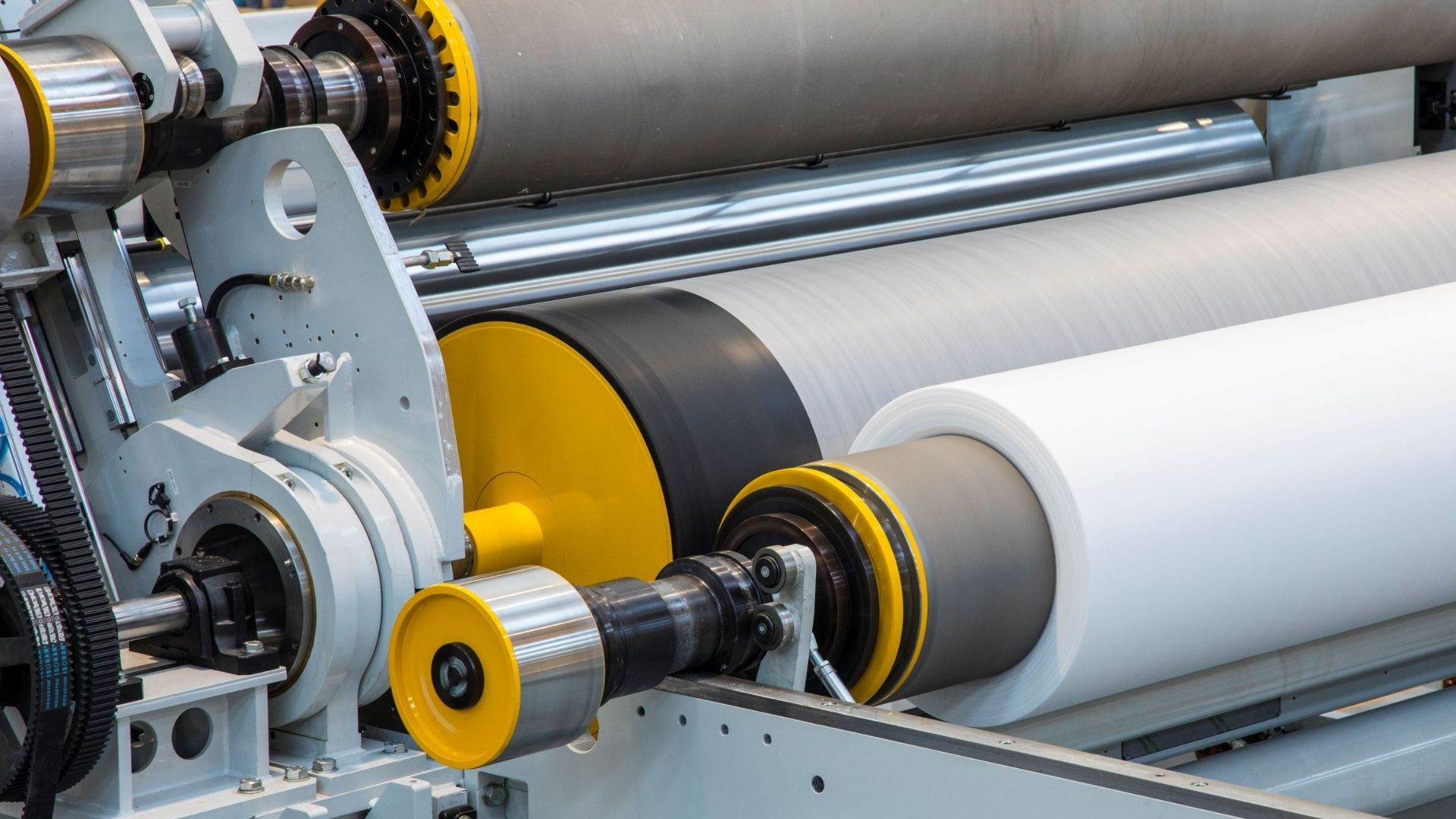
To carry out a correct winding process it is necessary to follow a series of fundamental principles:
During the winding and rewinding processes there are many issues that can arise and that risk affecting the final result. Let's see the most common.
In general, errors in setting the aforementioned parameters can compromise the quality of the final reels, or even prevent the winding operation. Among the main defects we can find:
Problems of poor speed and productivity can be caused by the lack of optimization of the machine cycle times, such as the master roll change operations, knife positioning, finished reel change, defect management and in general all the operations that take place when the machine is stopped.
As for nonwoven and elastic materials, the setting of the slitting width must consider the phenomenon of the neck-in, that is the elongation of the material when the cut strip is subjected to traction in the Machine Direction by means of the carrying drums and wound around the cardboard core. In addition to this, attention must be paid to possible problems of radial or axial eccentricity, vibrations, cutting angle, lateral load and wear of the blades.
For hygienic products, it is essential that the dust created during the various rewinding phases is sucked up by means of special systems to prevent possible contamination. Other contaminants to watch out for during the winding and rewinding process can be dust, grease or oil.
We can deduce, from these issues, how many variables are that must be kept under control to produce a high quality paper, tissue or nonwoven reel. For this reason A.Celli has created E-WIND®, a range of products dedicated to winding, unwinding and rewinding capable of guaranteeing extraordinary performance, flawless finished reels, high automation capabilities and ease of control and use.
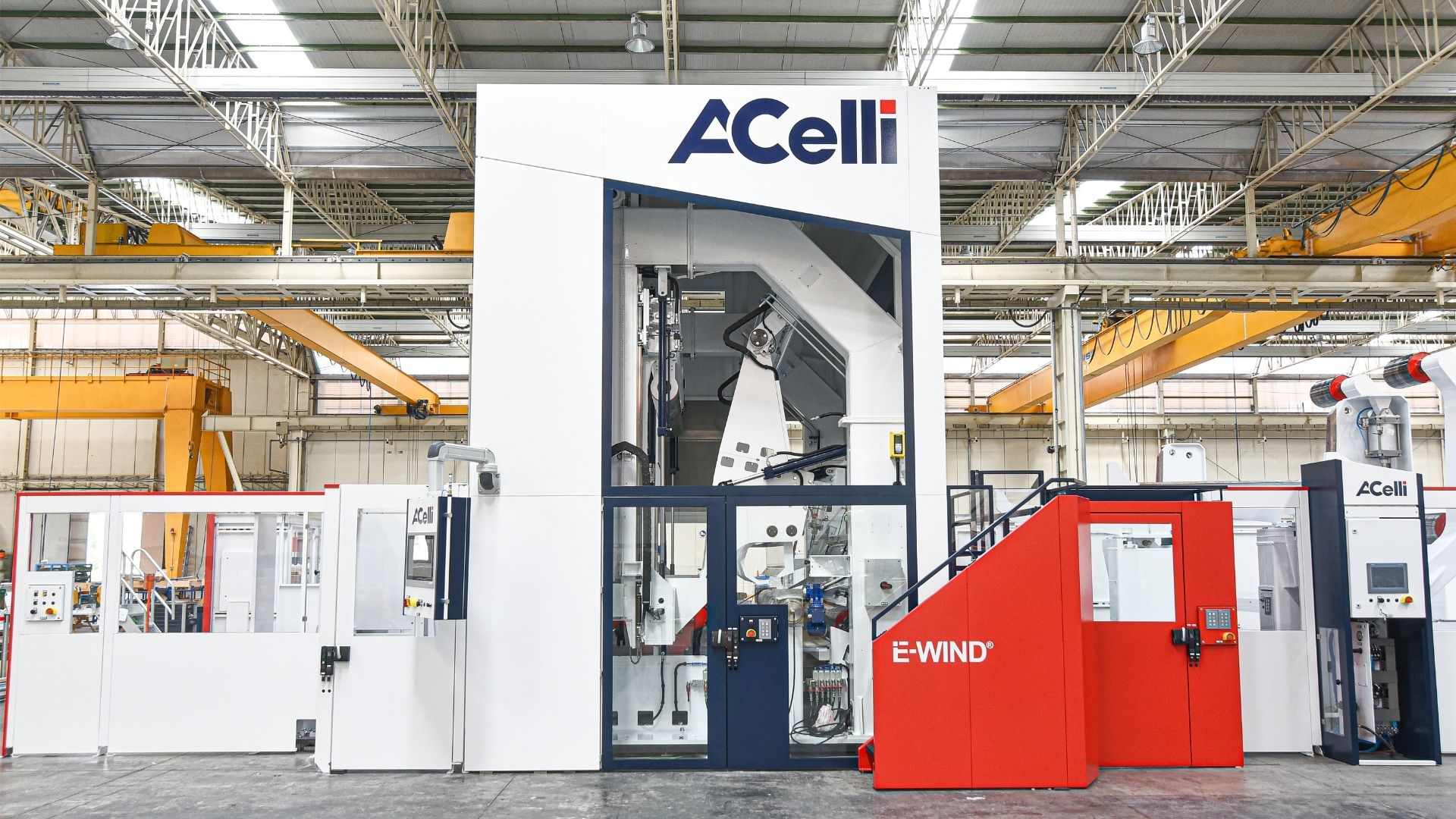
Given the problems of winding, unwinding and rewinding, there is only one way to ensure that these processes take place in an optimal manner: rely on machinery of absolute reliability and quality. So let's see the salient features of the A.Celli E-WIND® range:
Finally, thanks to A.Celli you will have the opportunity to upgrade and revamp existing rewinders (both of our production and of other manufacturers) to increase productivity, efficiency and safety.
Do you want to discover the best solutions of the E-WIND® range? Download our free eBook “A.Celli E-WIND®: the best winders and rewinders on the market for nonwovens, tissue and paper”!